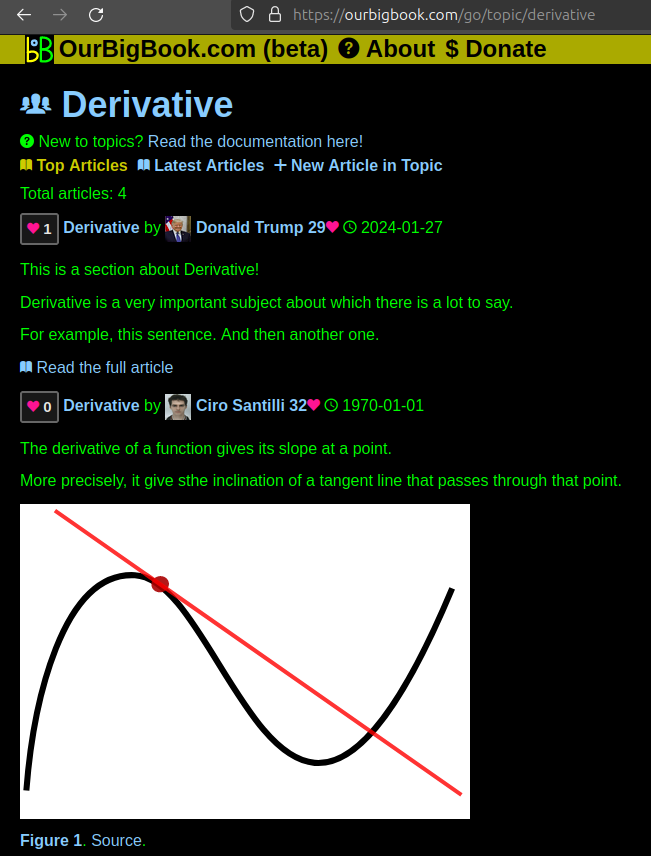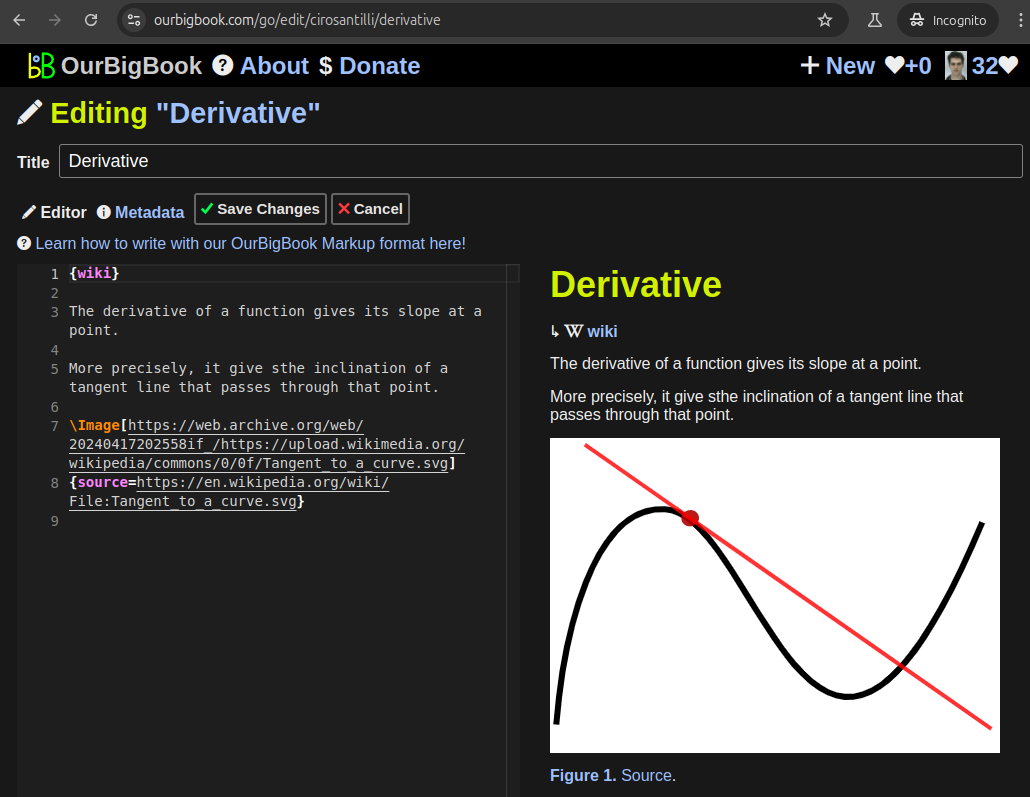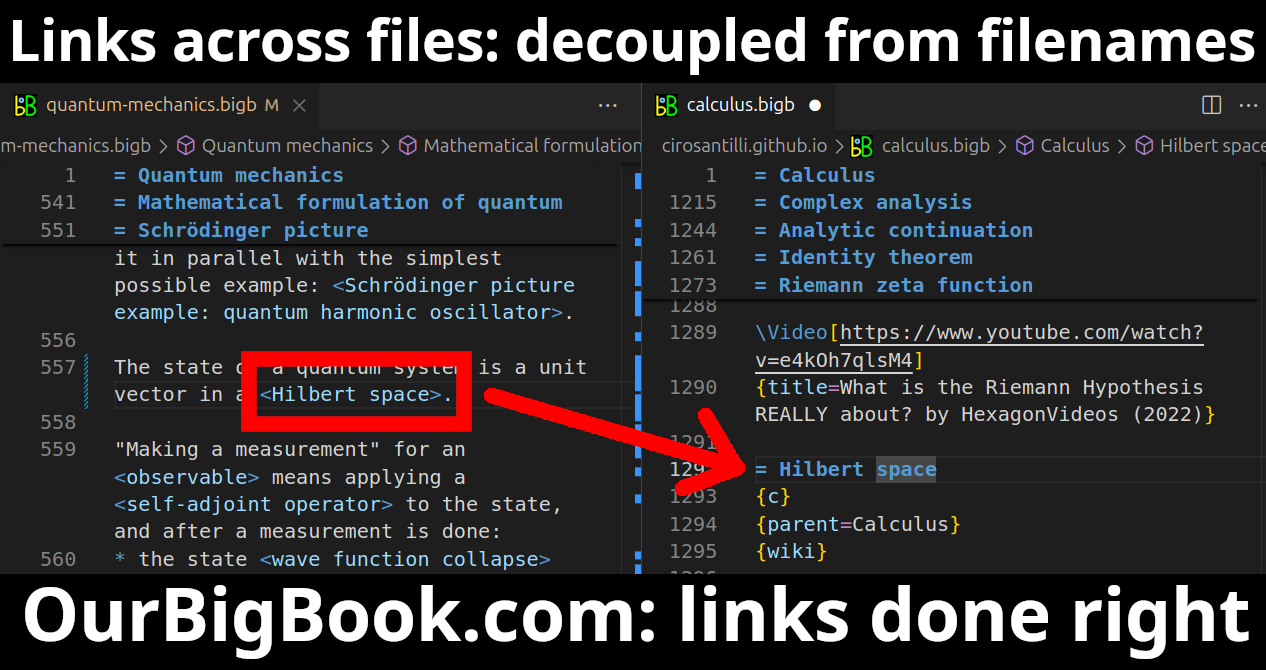Heather Williams is a physicist known for her work in the field of particle physics and astrophysics. She has contributed to various research projects, particularly those related to the study of neutrinos and cosmic rays. Williams has been involved with research institutions and collaborations that study fundamental questions about the universe, such as the properties of dark matter and the origins of cosmic events. Her work often intersects with experimental and theoretical aspects of physics, and she may be engaged in public outreach efforts to promote science education and awareness.
Helen Mason is a physicist known for her work in the field of astrophysics, particularly in solar physics. Her research has significantly contributed to our understanding of the sun, including solar flares and the solar atmosphere. She has also been involved in various educational and outreach initiatives to promote science and inspire students, particularly in the fields of physics and astronomy. Mason has been associated with several academic institutions and has published numerous papers on solar physics and related topics.
John Dainton is a British physicist known for his work in the field of quantum mechanics and nanotechnology, particularly in the study of electron and photon behavior in materials. He has contributed significantly to the understanding of the interactions between light and matter at the quantum level.
James Dyson is a British inventor and entrepreneur best known for founding Dyson Ltd., a company renowned for its innovative vacuum cleaners, hand dryers, and other household appliances. However, it seems there could be some confusion regarding "James Dyson (physicist)"—James Dyson is not primarily known as a physicist. He is an engineer and inventor who studied at the Royal College of Art and has made significant contributions to design and engineering, especially in the realm of consumer electronics and appliances.
John Gribbin is a British astrophysicist and science writer known for his popular science books and articles that explore topics related to astronomy, cosmology, and theoretical physics. He has written extensively on the subjects of black holes, the Big Bang, and various aspects of the universe, often making complex scientific concepts accessible to a general audience.
As of my last update in October 2023, there isn't widely available information about an individual named Kirpal Nandra. It's possible that he could be a public figure, artist, or personality emerging after that date, or he might not be widely recognized in mainstream news or media.
Louis Harold Gray (1905-1965) was a prominent British physicist known for his foundational work in the field of radiation biology and the development of the field of radiotherapy for cancer treatment. He made significant contributions to understanding how ionizing radiation affects living tissue, which has had lasting implications for both medical treatments and safety standards in radiological practices.
Vernon Ellis Cosslett was an American mathematician, known for his work in the field of mathematics and his contributions to various areas including analysis and topology. While he may not be as well-known as some other mathematicians, his work has had an impact in specific mathematical communities.
Michele Dougherty is a notable planetary scientist, recognized for her work in the field of space science and planetary exploration. She has been involved in various missions and research related to celestial bodies, particularly focusing on the moons of planets in our solar system. Dougherty is best known for her role as a principal investigator for the magnetometer on the European Space Agency's JUICE mission, which aims to study Jupiter and its moons.
Olwyn Byron is not widely recognized as a specific entity, person, or concept in available literature or popular culture up to my last update in October 2023. It’s possible that the name could refer to a private individual, a lesser-known character, or something more recent that has emerged after my last knowledge update.
Rafal E. Dunin-Borkowski is a prominent scientist known for his work in the field of electron microscopy and materials science. He has made significant contributions to the understanding of nanostructures and the applications of advanced imaging techniques, including scanning transmission electron microscopy (STEM) and atomic resolution imaging.
Simon Saunders could refer to various individuals, depending on the context. One notable figure is Simon Saunders, a prominent philosopher known for his work in the philosophy of physics, especially regarding the interpretations of quantum mechanics. He has also contributed to discussions on topics such as the nature of time and space. If you have a specific context or area in mind, such as a particular field (like science, literature, politics, etc.
Susan Cooper is a physicist known for her contributions to the field of physics, particularly in areas related to materials science, photonics, and nanotechnology. She is recognized for her work on the electronic properties of materials and how these properties can be manipulated for practical applications. Cooper has also been involved in research related to the development of new technologies, including sensors and electronic devices. In addition to her research, she may also engage in outreach and educational activities to promote science and inspire future generations of scientists.
Bulgarian statisticians refer to individuals who specialize in the field of statistics in Bulgaria. This can encompass a wide range of professionals, including academic researchers, government statisticians, and those working in various industries that require statistical analysis and data interpretation. In Bulgaria, statistical analysis is crucial for various sectors, including economics, healthcare, social sciences, and more.
Lucha VaVoom is a unique event that combines professional wrestling, Mexican lucha libre, and burlesque entertainment. Founded in Los Angeles in the early 2000s by a group of performers including Rita D'Albert and others, Lucha VaVoom is known for its high-energy performances that feature masked wrestlers, acrobatic matches, and theatrical elements.
"Behind the Burly Q" is a documentary film that explores the history and cultural significance of burlesque, a form of entertainment that combines comedy, dance, and striptease. Directed by Leslie Zemeckis, the film takes viewers through the golden age of burlesque in the mid-20th century, highlighting its evolution, the performers involved, and its impact on pop culture.
Pinned article: Introduction to the OurBigBook Project
Welcome to the OurBigBook Project! Our goal is to create the perfect publishing platform for STEM subjects, and get university-level students to write the best free STEM tutorials ever.
Everyone is welcome to create an account and play with the site: ourbigbook.com/go/register. We belive that students themselves can write amazing tutorials, but teachers are welcome too. You can write about anything you want, it doesn't have to be STEM or even educational. Silly test content is very welcome and you won't be penalized in any way. Just keep it legal!
Intro to OurBigBook
. Source. We have two killer features:
- topics: topics group articles by different users with the same title, e.g. here is the topic for the "Fundamental Theorem of Calculus" ourbigbook.com/go/topic/fundamental-theorem-of-calculusArticles of different users are sorted by upvote within each article page. This feature is a bit like:
- a Wikipedia where each user can have their own version of each article
- a Q&A website like Stack Overflow, where multiple people can give their views on a given topic, and the best ones are sorted by upvote. Except you don't need to wait for someone to ask first, and any topic goes, no matter how narrow or broad
This feature makes it possible for readers to find better explanations of any topic created by other writers. And it allows writers to create an explanation in a place that readers might actually find it.Figure 1. Screenshot of the "Derivative" topic page. View it live at: ourbigbook.com/go/topic/derivativeVideo 2. OurBigBook Web topics demo. Source. - local editing: you can store all your personal knowledge base content locally in a plaintext markup format that can be edited locally and published either:This way you can be sure that even if OurBigBook.com were to go down one day (which we have no plans to do as it is quite cheap to host!), your content will still be perfectly readable as a static site.
- to OurBigBook.com to get awesome multi-user features like topics and likes
- as HTML files to a static website, which you can host yourself for free on many external providers like GitHub Pages, and remain in full control
Figure 3. Visual Studio Code extension installation.Figure 4. Visual Studio Code extension tree navigation.Figure 5. Web editor. You can also edit articles on the Web editor without installing anything locally.Video 3. Edit locally and publish demo. Source. This shows editing OurBigBook Markup and publishing it using the Visual Studio Code extension.Video 4. OurBigBook Visual Studio Code extension editing and navigation demo. Source. - Infinitely deep tables of contents:
All our software is open source and hosted at: github.com/ourbigbook/ourbigbook
Further documentation can be found at: docs.ourbigbook.com
Feel free to reach our to us for any help or suggestions: docs.ourbigbook.com/#contact






